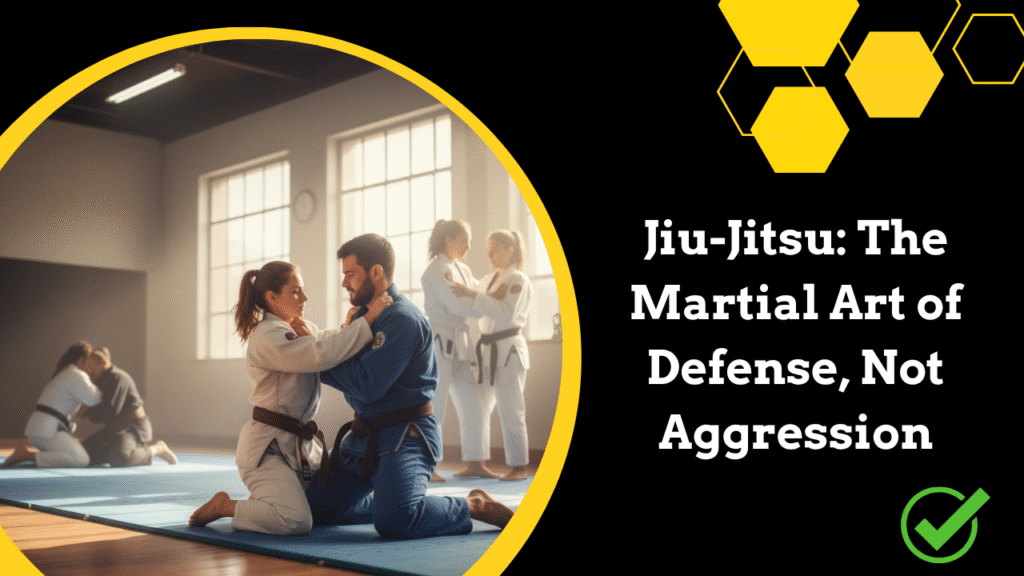
Jiu-Jitsu, often called “the gentle art,” stands out among martial arts because its foundation is control and defense rather than attack. While many disciplines teach how to strike, kick, or overpower an opponent, Jiu-Jitsu focuses on using technique, leverage, and timing to neutralize aggression without relying on brute strength.
Self-Defense at Its Core
Unlike striking-based arts such as Karate, Taekwondo, or Muay Thai, the philosophy behind Jiu-Jitsu is that violence is a last resort. Practitioners learn to protect themselves in real-life situations by controlling the aggressor through holds, locks, and submissions. This approach makes it one of the most effective self-defense systems, especially for smaller or physically weaker individuals.
The Power of Control, Not Force
Jiu-Jitsu teaches that true strength lies in control — both physical and emotional. Instead of escalating conflict, practitioners are trained to stay calm under pressure, use minimal energy, and apply precise movements to protect themselves and de-escalate the situation. The goal is survival and safety, not domination.
Why Jiu-Jitsu Is Different from Other Martial Arts
While all martial arts promote discipline and respect, Jiu-Jitsu uniquely prioritizes defense over offense. It doesn’t depend on punches or kicks, but on positioning, strategy, and submission. This makes it ideal for people of all ages and body types seeking practical self-protection without learning aggressive combat techniques.
A Path to Confidence and Peace
Practicing Jiu-Jitsu not only builds physical ability but also nurtures mental resilience and humility. Students quickly realize that mastering the art isn’t about hurting others — it’s about understanding how to stay safe, confident, and composed in any situation.
Are you interested in learning Jiu Jitsu? 👉 Visit graciejiujitsuwesthouston.com to schedule your class and start your journey today.
